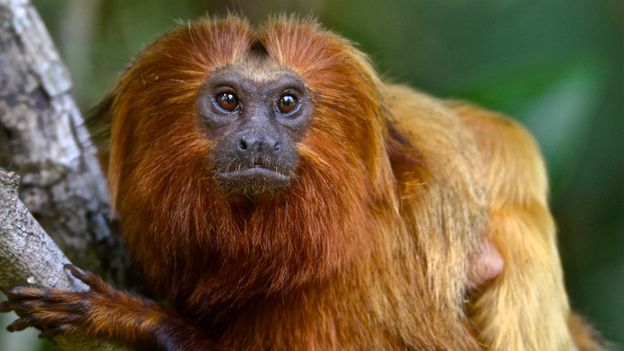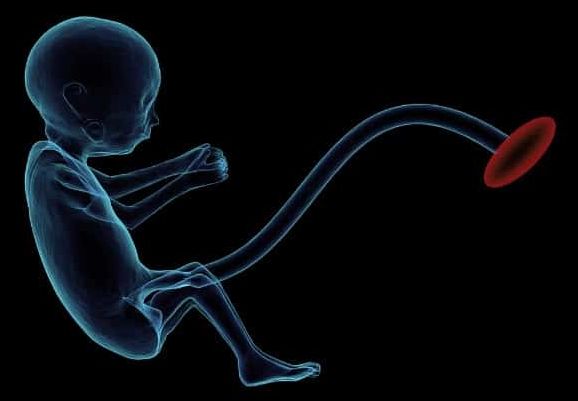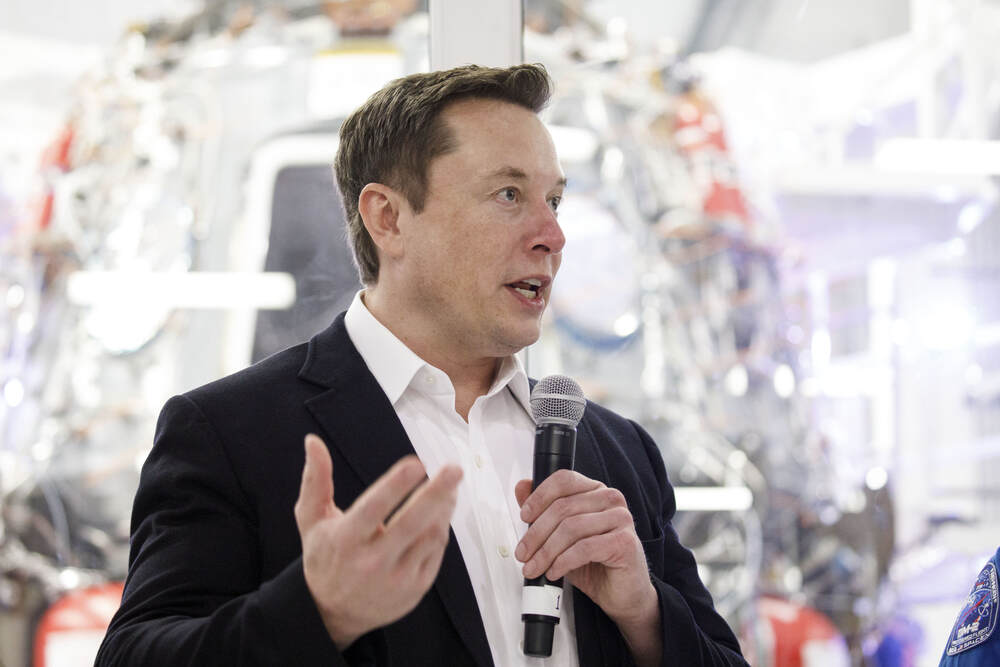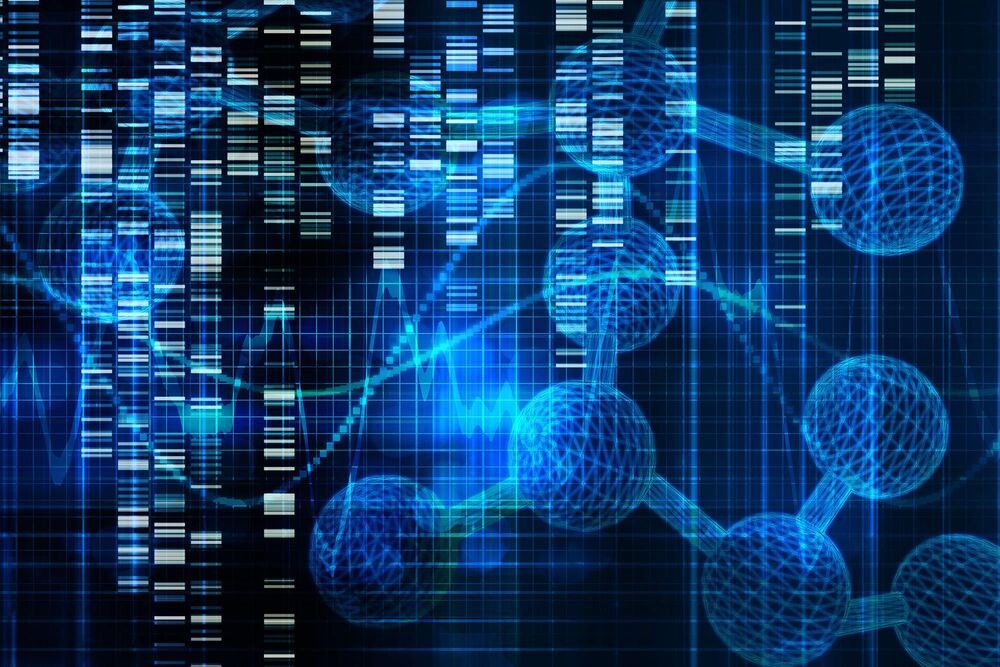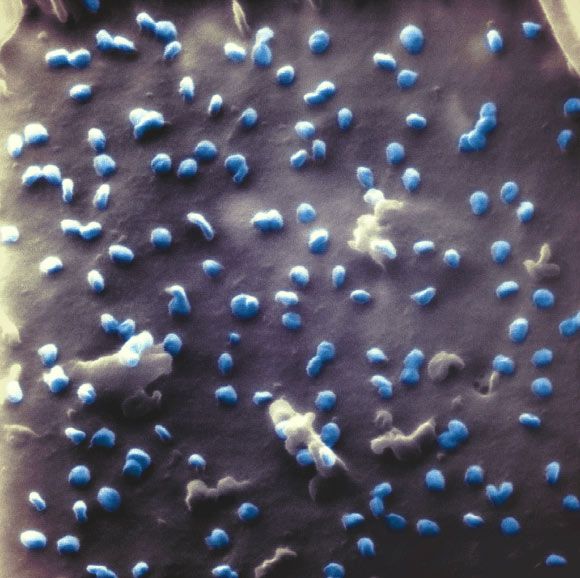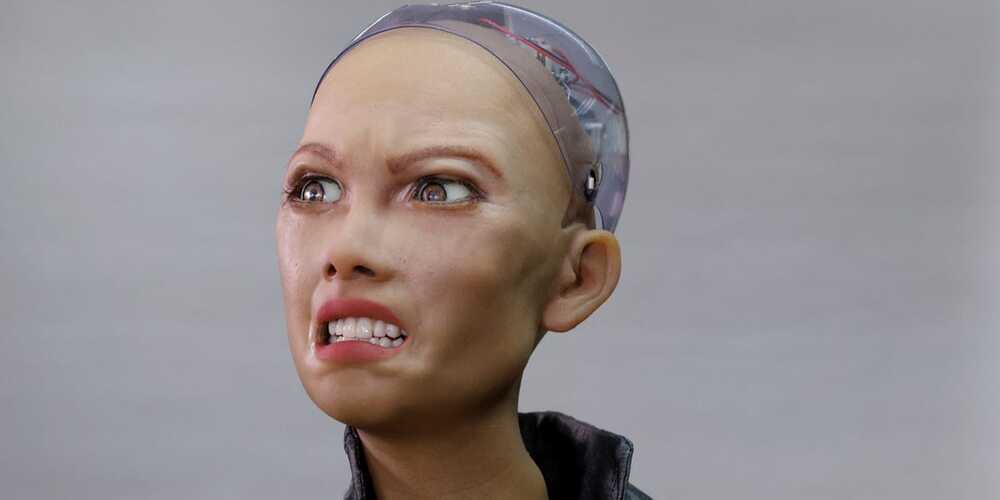Revitalizing the cocoa value chain in nigeria — his royal majesty oba dokun thompson, oloni of eti-oni ijesa — eti-oni development group.
Eti-Oni is a town located in The State of Osun, in south-west Nigeria. Eti-Oni is one of the numerous towns that make up the ancient majestic Kingdom of Ilesa.
Eti-Oni is the home of one of the oldest known cocoa plantations in Nigeria and it was from Eti-Oni that cocoa was spread to many other communities of south-west Nigeria. The crop over time became one of Nigeria’s major cash crops, a major source of income for the then South West Region of Nigeria before the discovery of crude oil in the late 1950s.
The indigenous people of Eti-Oni are part of the Ijesha clan of The State of Osun.
The town is ruled by a monarch, His Royal Majesty Oba Dokun Thompson, bearing the title of Oloni of Eti-Oni Land.

